The Facts
Ski resort operated triple chairlift
A ski resort in NSW operated a triple chairlift to take skiers from the lower part of the mountain to a higher part.
The chairlift consisted of a series of chairs that could each accommodate three skiers side by side.
Each chair had an arm rest at each end and a safety bar running from one side of the chair to the other that could be raised and lowered.
Each chair was suspended from an overhead cable, which was constantly moving, and ran around large wheels called “bullwheels” at the bottom and top stations of the chairlift.
Skiers board triple chairlift at load line with safety bar raised
Skiers would board the chairlift by standing at the loading point on a line marked on the snow, called the load line.
The space between chairs rounding the bullwheel and approaching the loading point was configured so that immediately after one loaded chair departed, up to three skiers could position themselves on the load line to sit on the next chair.
When on the load line, the skiers had to look behind for the approaching empty chair and, when it arrived with the safety bar up, sit down on the chair.
When the safety bar is down, skiers are unable to board the chair because the bar is in the way.
Experienced skier injured attempting to board triple chairlift
An experienced skier and two companions had positioned themselves on the load line to board the triple chairlift.
A lift attendant employed by the ski resort was on duty in the vicinity of the loading point.
As the skier and her companions waited on the load line to board the chairlift, they noticed that the chair coming around the bullwheel had its safety bar down.
They called out to attract the lift attendant’s attention, and at the last minute he raised the safety bar on the chair.
The skier and her companions then mounted the chair. However, as they did so, the right arm rest of the chair struck the skier from behind in the groin and she was seriously injured.
She found herself straddled on the arm rest, but was eventually pulled onto the seat by a companion, to save her from falling.
Skier sues ski resort for negligence
The skier sued the ski resort for negligence, alleging that she had suffered injury to her left vulva, back, right hip and right thigh, abrasion to the left portion of her left labium majus, bruising, anxiety, humiliation and shock.
The Supreme Court of NSW upheld her claim and awarded damages of $1,368,700.
The ski resort appealed to Supreme Court of NSW Court of Appeal.



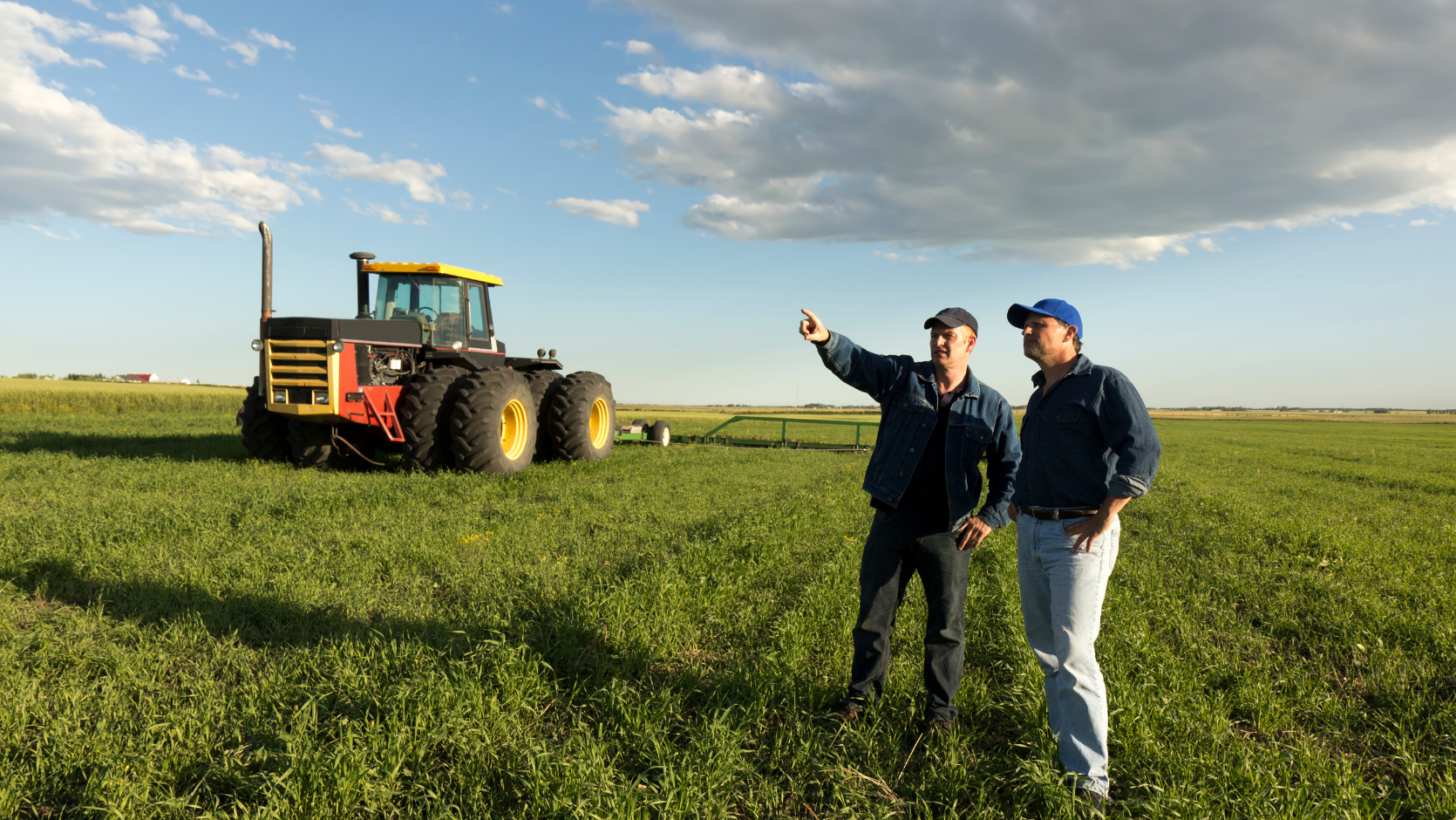
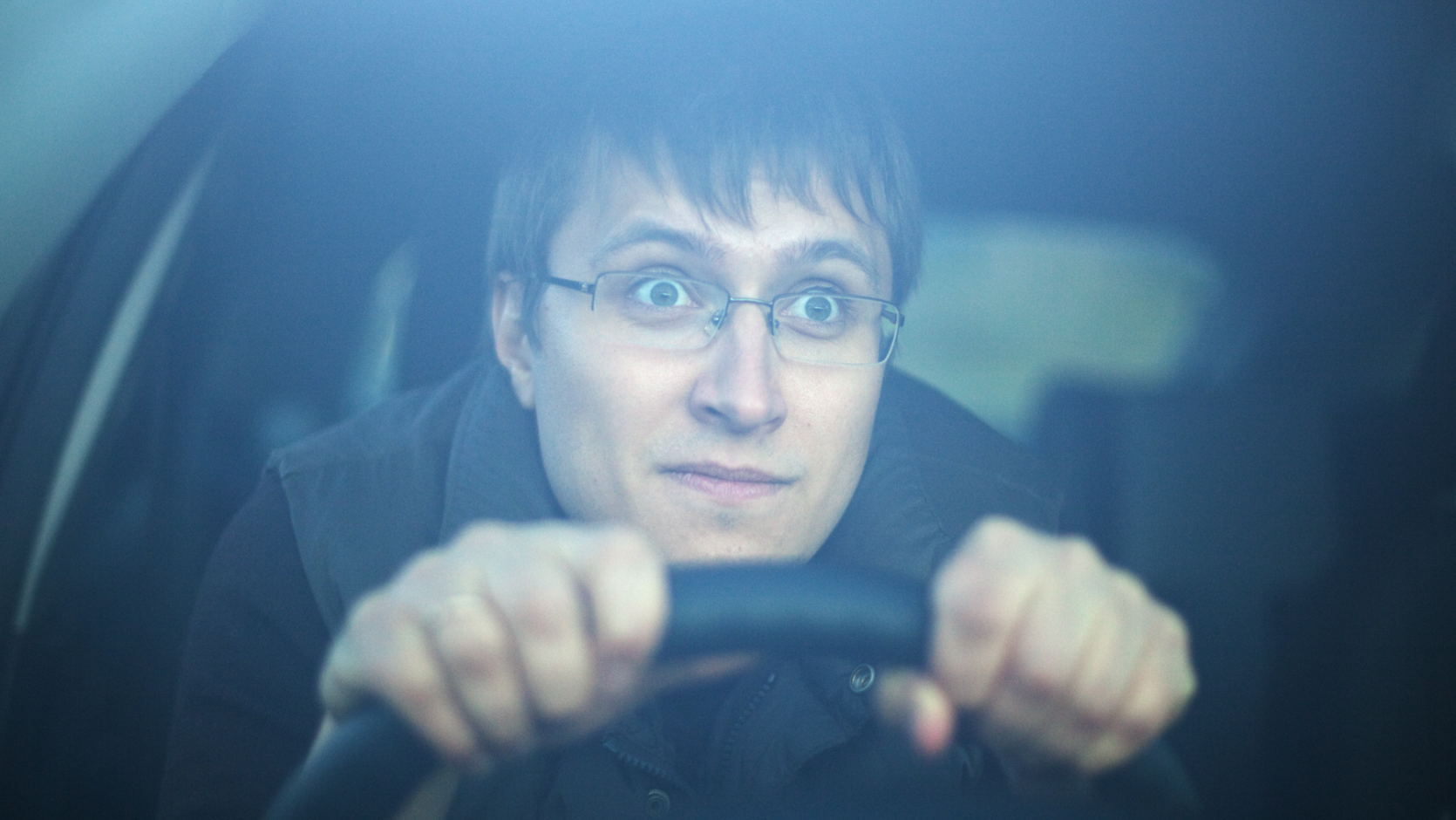
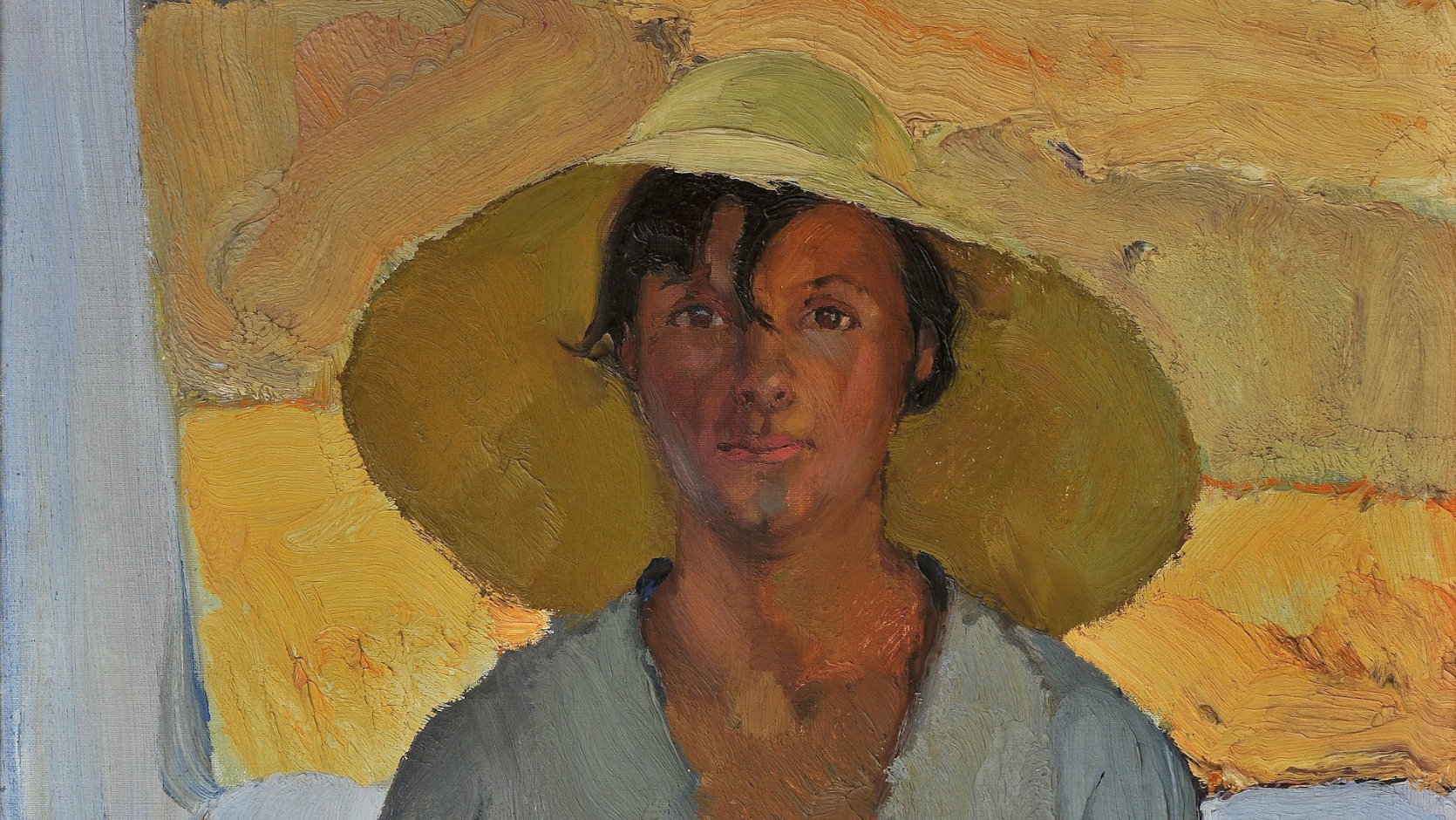



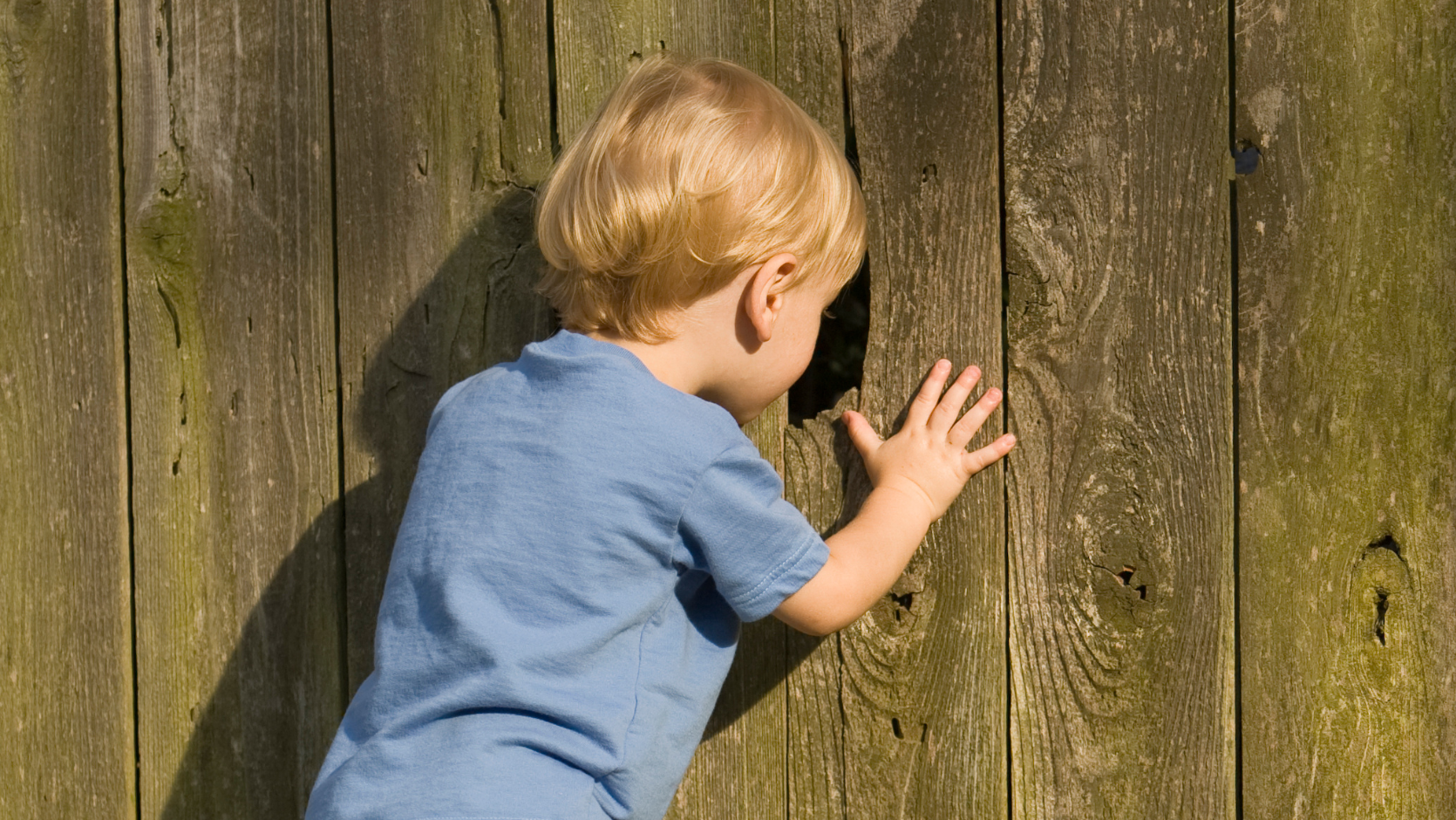

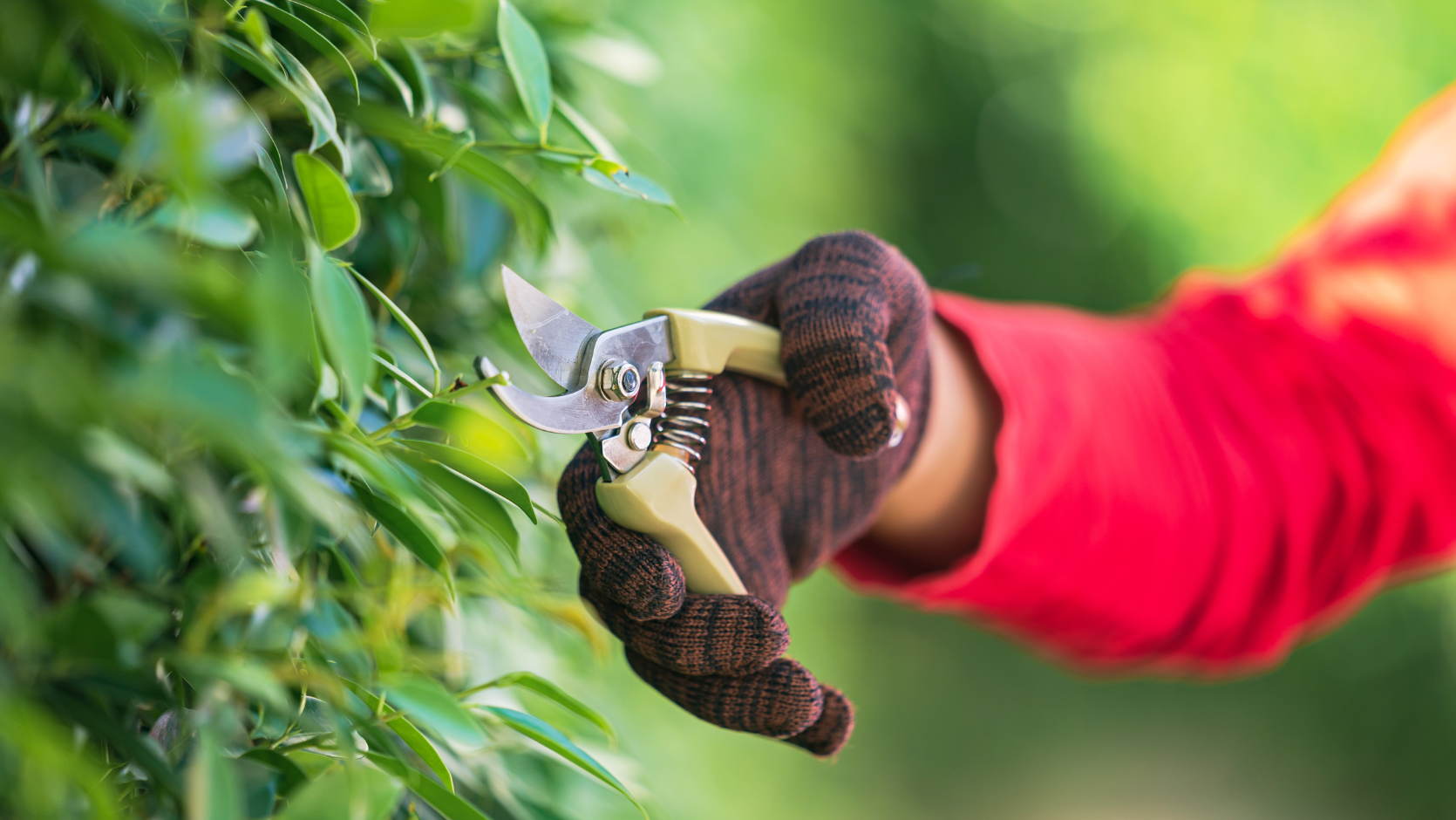

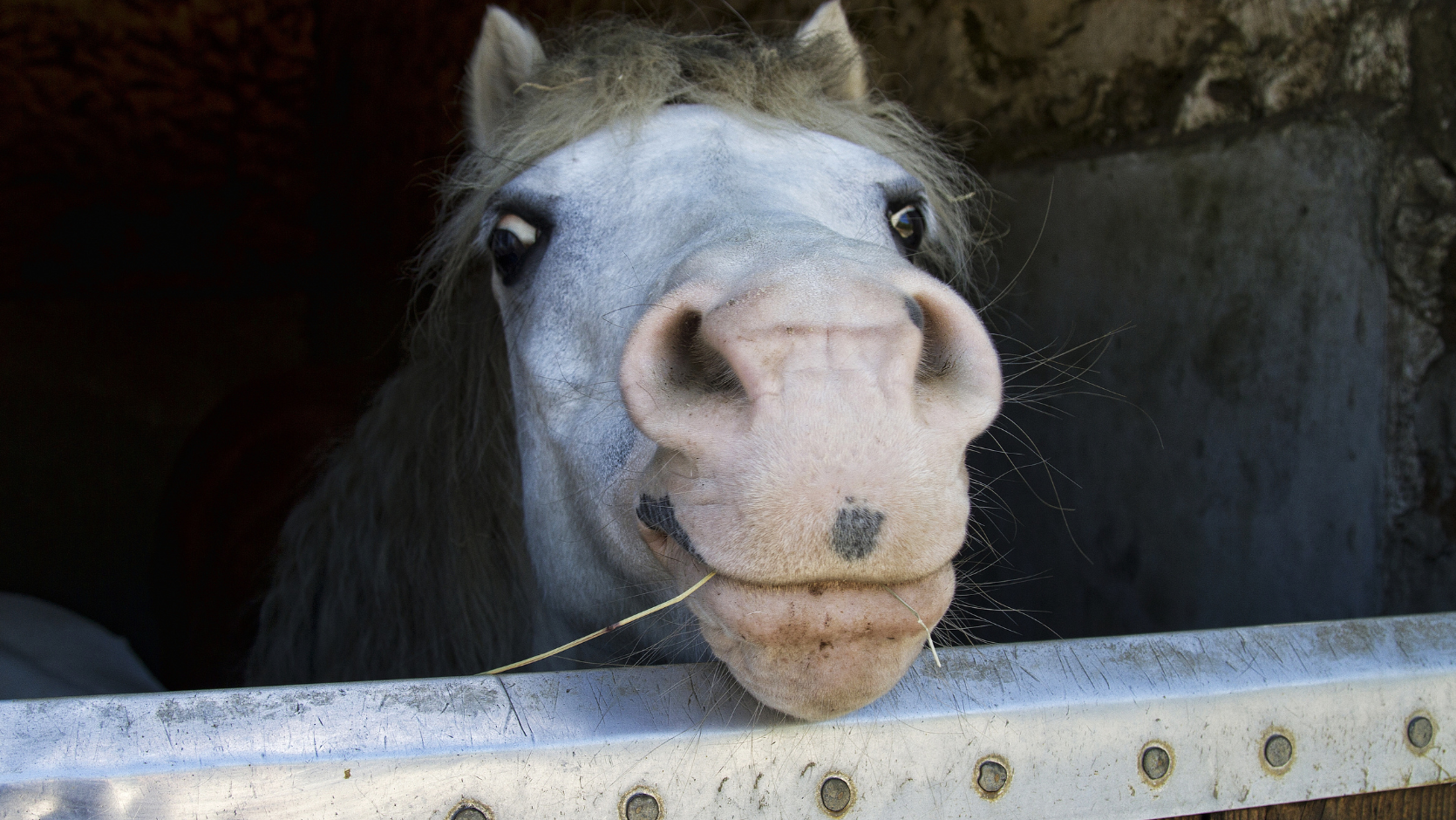

Expert commentary on the court's decision
If the plaintiff fails to prove that the breach was a necessary condition of the occurrence of the harm, then, like the skier in this case, they will recover nothing. This is so even if they can establish that there was a duty owed and the other party breached it.”
NSW Court of Appeal finds in favour of ski resort
In Perisher Blue Pty Ltd v Nair-Smith [2015] NSWCA 90, the NSW Court of Appeal found in favour of the ski resort, Perisher, overturning the award of damages to the skier, Ms Nair-Smith.
The court accepted that Perisher had breached its duty of care owed to Ms Nair-Smith, but concluded that this breach did not cause the injuries she sustained.
Skier was out of alignment with properly positioned chair
Both parties accepted that when Ms Nair-Smith and her companions arrived at the loading point, they were correctly aligned.
Ms Nair-Smith argued that she remained correctly aligned with the load line, and that the chair became misaligned with her due to the actions of the lift attendant.
However, based on the expert evidence, the primary judge found and the court agreed, that the chair was not out of alignment with Ms Nair-Smith to the left of where it should have been. Rather, at some point after Ms Nair-Smith first positioned herself correctly at the load line, she moved out of alignment to the right.
Ski resort owed duty of care
The parties agreed that Perisher owed a duty of care, which the court characterised as a duty “to exercise reasonable care and skill in the provision of its lifting services to avoid harm to skiers using those services”.
Risk of injury as result of skier’s reaction to lift attendant’s response
The court emphasised that to properly assess whether Perisher breached its duty of care, depended on “the correct identification of the relevant risk of injury”. The court had to determine “what person, thing or set of circumstances gave rise to the potential for the harm for which [Ms Nair Smith] seeks damages”.
The court concluded that the relevant risk was that “a skier might sustain physical injury as a result of his or her reaction to the manner in which a lift operator responds to a down-bar situation”.
The court noted that if a lift attendant gives waiting skiers an impression that he or she will not intervene in time in a down-bar situation, “it is only natural that skiers will… react to the possibility of collision”.
Ski resort breached duty of care
In order to identify whether Perisher breached its duty of care, it was necessary to identify what a reasonable person in its position would do in response to the foreseeable risk of injury.
In the court’s view, reasonable care required the lift attendant “to direct his attention to the condition of the chair earlier than he in fact did. His failure to do so constituted a breach of [Perisher’s] duty of care.”
This was not because had the lift attendant realised sooner that the bar was down, he could have raised it sooner. Nor did the court think that had the bar been raised sooner, it would have been significant.
Rather, the psychological effect on the skier and her companions of the lift attendant’s delayed realisation may have been significant in that it may have caused them to panic and move out of alignment.
Ski resort’s breach did not cause skier’s injuries
Ms Nair-Smith bore the onus of proving causation, ie that she had panicked and moved out of alignment with the load line due to the lift attendant’s failure to observe the “down-bar situation” sooner than he did.
Where direct proof is not available, as in Ms Nair-Smith’s case, it is enough for the evidence to give rise to a reasonable inference of causation.
The primary judge had attributed Ms Nair-Smith’s misalignment to panic and jostling amongst her and her companions as the chair came close to them with the bar down.
However, because of the way her primary case was run, Ms Nair-Smith and her companions had been adamant before the Supreme Court that they did not move from the correct position on the load line. They gave no evidence to the contrary, notwithstanding the primary judge’s conclusion.
In the court’s view, there could have been any number of reasons why Ms Nair-Smith was out of alignment with the chair.
For example, her ski may have slipped to the right, or her biomechanics may have caused her hips to shift to the right as she looked over her left shoulder to watch the approaching chair. She may have also moved out of panic, but before the time at which the exercise of reasonable care required the lift attendant to act.
According to the court:
Trade Practices claim for breach of implied warranty
To gain entry to the ski fields Ms Nair-Smith had purchased a lift ticket, the wording on which included an exclusion of liability clause.
The parties accepted that the contract formed by the lift ticket included the implied warranty under section 74(1) of the Commonwealth Trade Practices Act that the ski lift services provided would be “rendered with due care and skill”.
They also accepted that any term of that contract that purported to qualify the application of section 74 would be void unless the exception in section 68B of the Act applied.
Section 68B of the Act states that “a term of a contract for the supply by a corporation of recreational services is not void… by reason only that the term excludes, restricts or modifies… the application of section 74 to the supply… so long as the exclusion, restriction or modification… is limited to liability for death or personal injury…”
Ms Nair-Smith argued that the exclusion of liability clause was void. Perisher argued that it was not void under section 68B.
The court stated that because of its conclusions in relation to the negligence claim, there was no breach of any implied warranty as to due care and skill, and therefore no need to consider this issue.
However, for the sake of completeness it did, and concluded that Perisher’s attempt to exclude the implied warranty was void. In particular, Perisher’s exclusion clause was too broad, going beyond liability for death or personal injury.
Importance of proving causation
This case highlights the importance to a plaintiff of proving causation.
If the plaintiff fails to prove that the breach was a necessary condition of the occurrence of the harm, then, like Ms Nair-Smith in this case, they will recover nothing. This is so even if they can establish that there was a duty owed and the other party breached it.